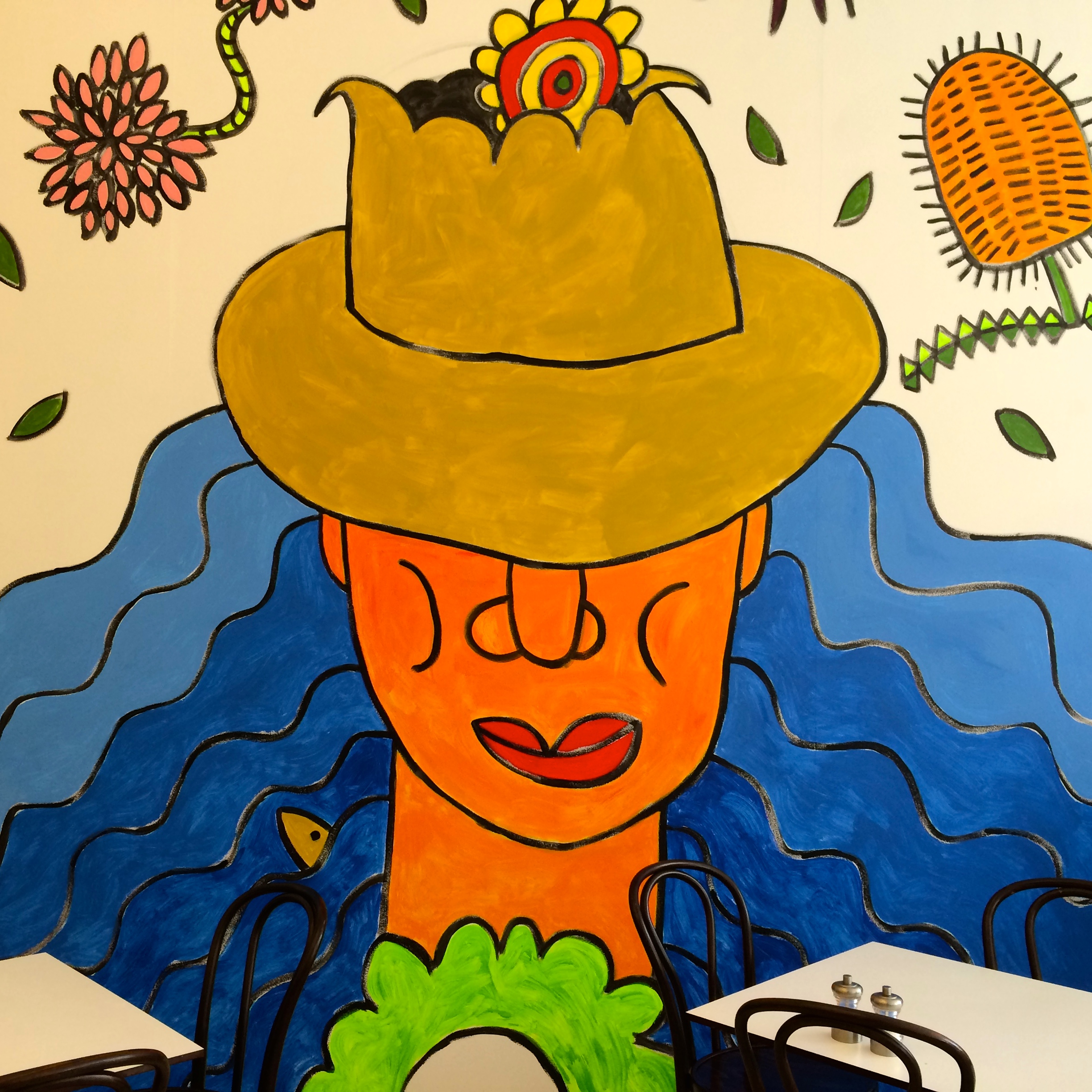You’ve heard about it haven’t you?
It all started with a picture of a dress. The problem with the picture is that everyone didn’t see the same colours. Yesterday a friend showed it to me. We were looking at the same picture of the same dress on the same tablet. She saw a royal blue and black dress and I saw a light blue/silver dress with golden beige lace.
According to media reports — even The New York Times and The Washington Post wrote about it — about three-quarters of people saw the dress as white and gold, others said it was blue and black and others said it actually changed colours.
According to Wired, ”not since Monica Lewinsky was a White House intern has one blue dress been the source of so much consternation.” The article goes on to explain that people see the colours differently because of how the brain interprets information.
What no one has mentioned is that this debate over the dress isn’t about the dress at all.
It’s about how we see the world.
The dress went viral because everyone didn’t see it the same way.
People felt upset or threatened that friends or husbands or even celebrities saw different colours because it confirmed a deep-seated yet unacknowledged fear: that our own truth, our own vision and perception of reality is just that. Ours alone.
No one sees the world the same way. And now we have proof that something we all want to believe is concrete, like colour, isn’t.
Take this a step further. If we don’t see the same thing, then are we saying the same thing with the same words? Are we hearing the same thing?
In a moving post on BBC News, Caroline White wrote about how young children treat her son Seb. How they see a person, not a label. Seb was born with Down’s syndrome:
”The children at the school don’t know that Seb has a “label”. They have no pre-conceived ideas of what he should or shouldn’t be, or what he can or cant do. He is just Seb. If asked to describe him, the other children would say how good he is on his scooter, that he loves football, that he is a fast runner or that he needs a little bit of extra help at school. If you asked the parents of those children the same question then I still think “Down’s syndrome” would be in the first sentence.”
People like Caroline and Seb can teach us to see the world differently, if only we accept that there are many ways to interpret the brilliant and subtle colours of humanity.
So that big debate about the dress? The underlying confusion wasn’t about the dress, or colour. It was about wanting other people to see the world the way we see it and realizing that what we see isn’t what our lover or friend or the neighbour down the street sees. That the way we see the world might not be the best way. Or that we might even be wrong.
That’s a scary thought. But scary in a good way. An open way.
We are all different but we are all still so similar.
If we see the world through the eyes of a child, we all belong.
Here’s Caroline White’s blog and the Wired article.


A good article–nice comparison with Seb